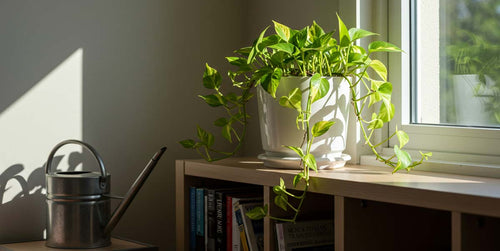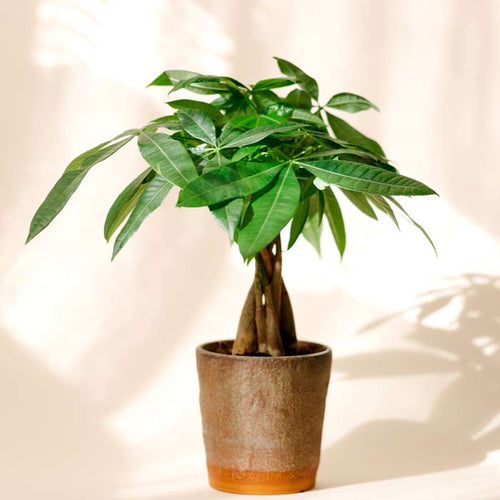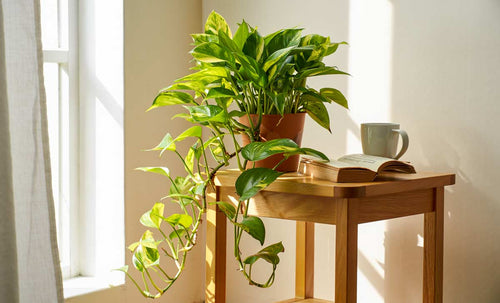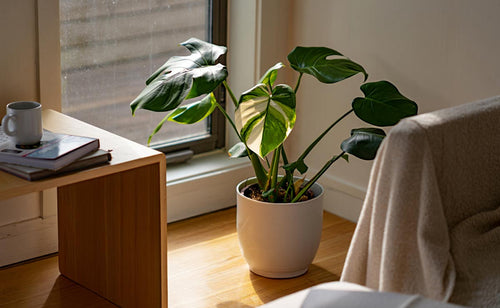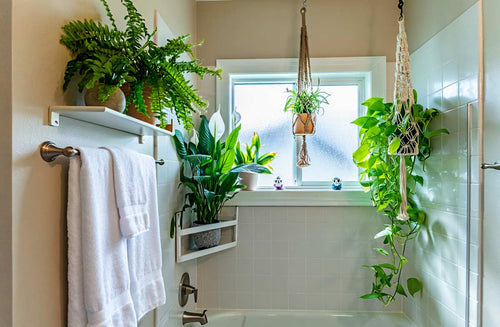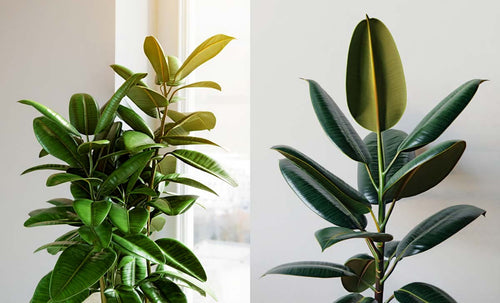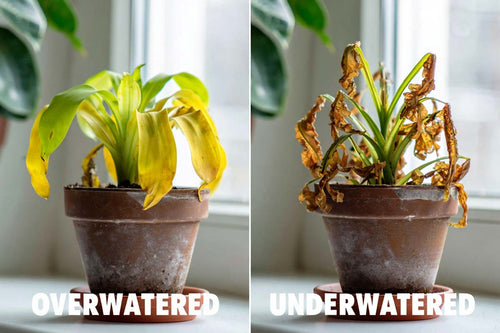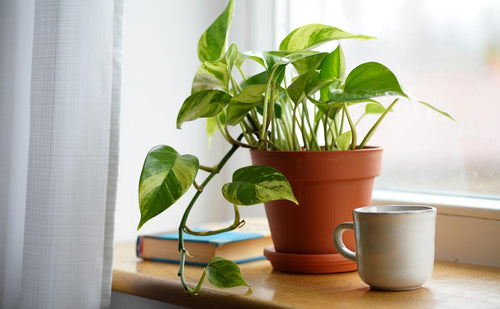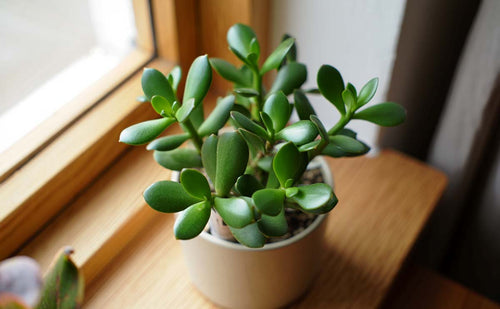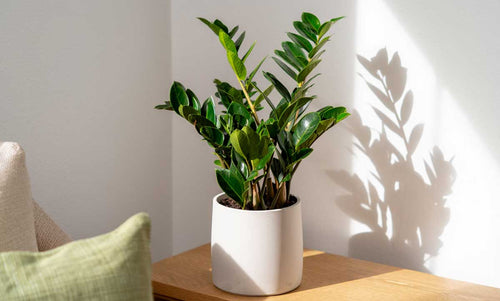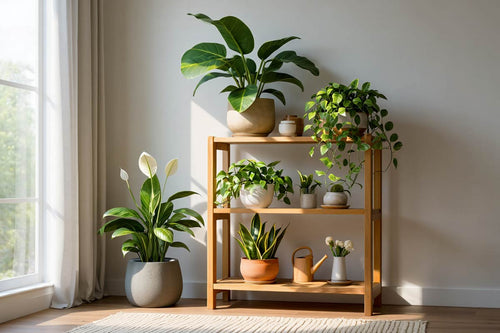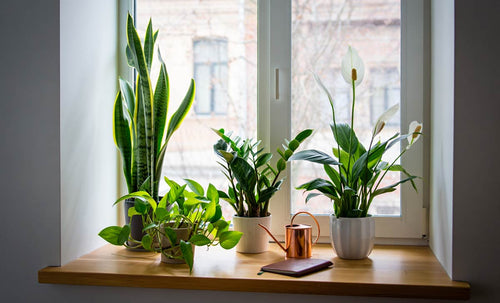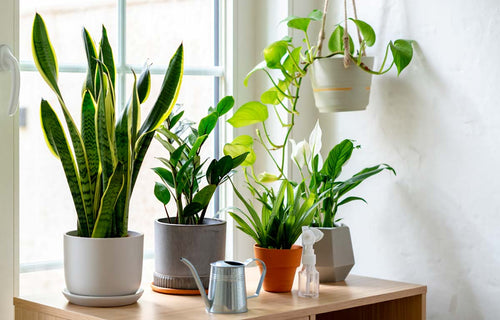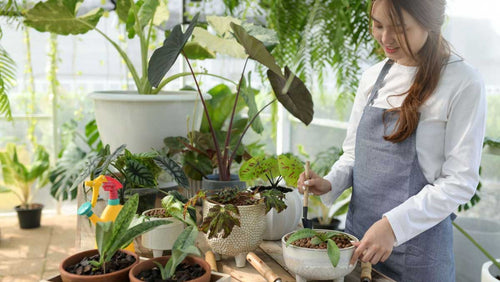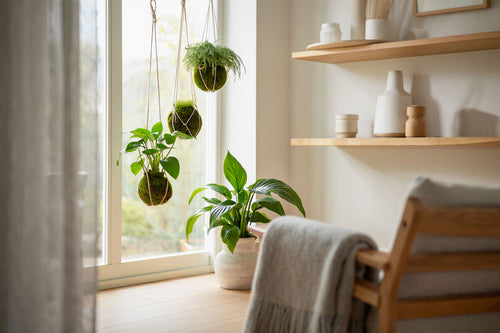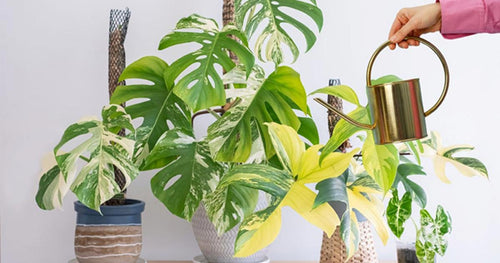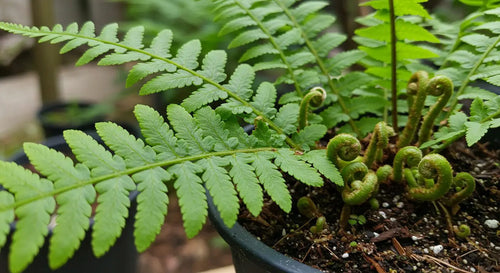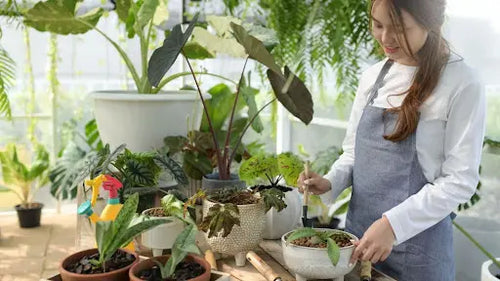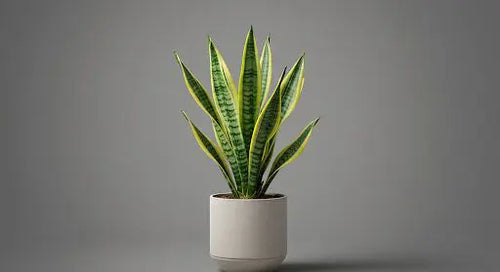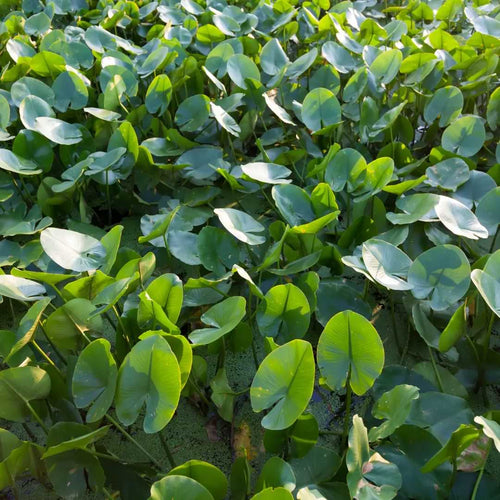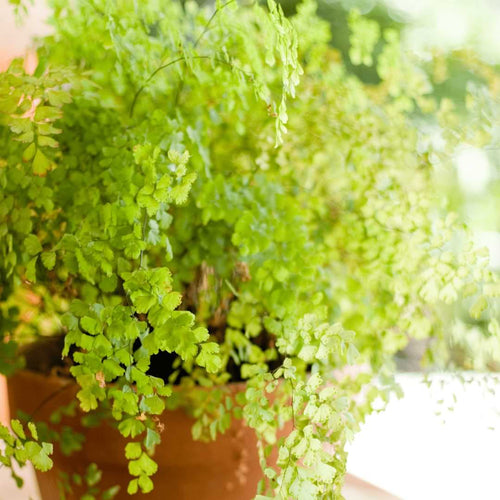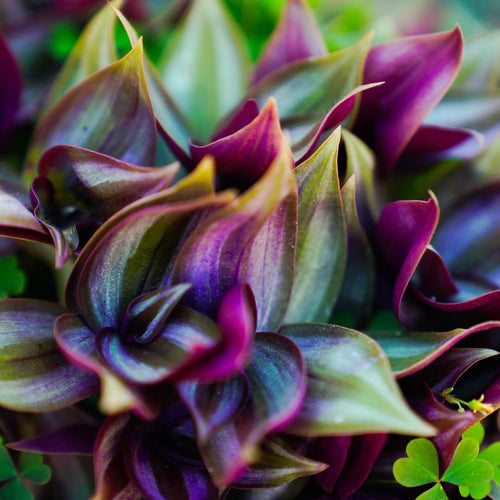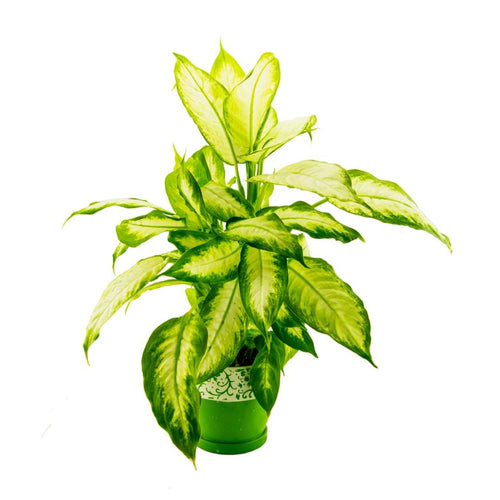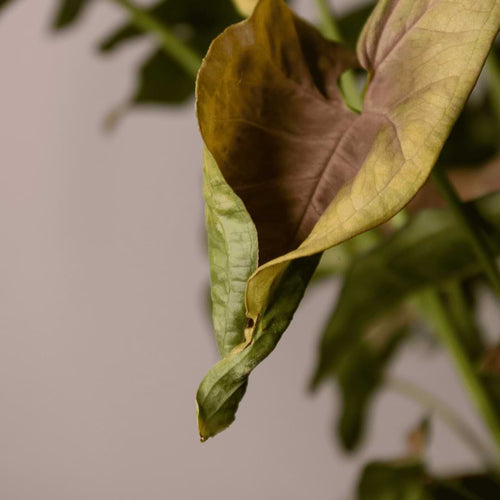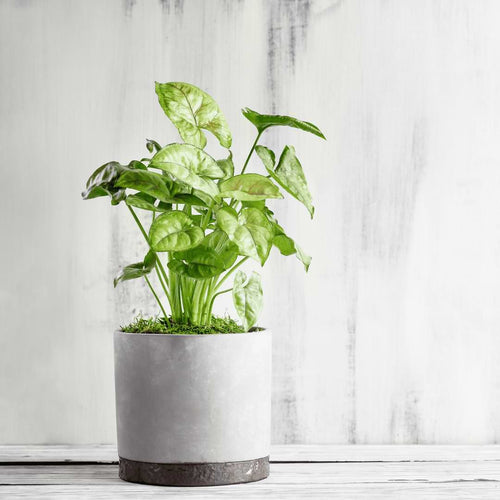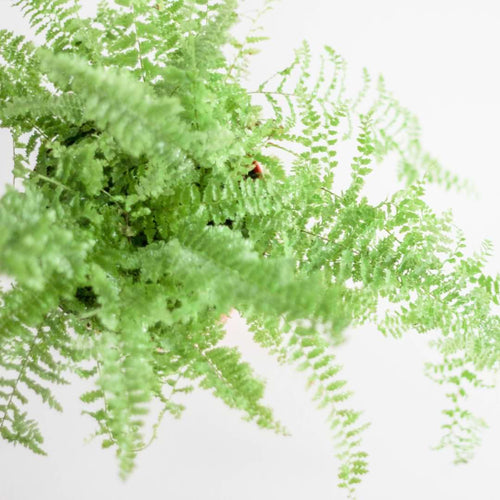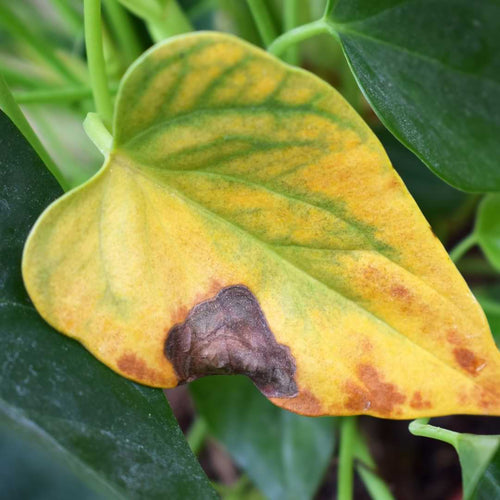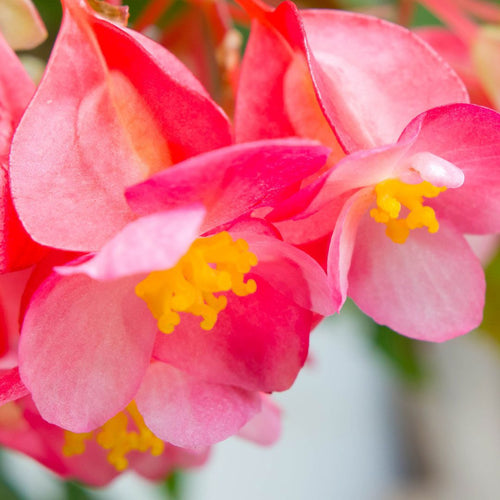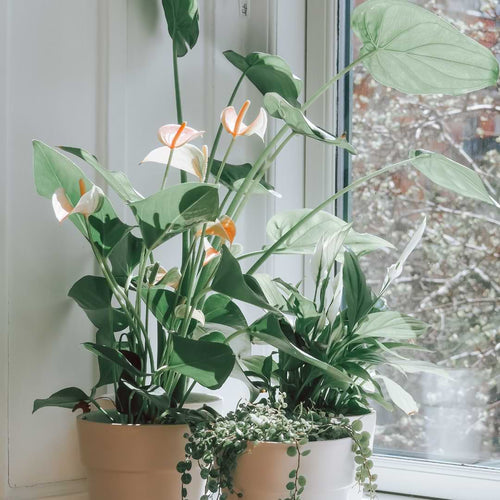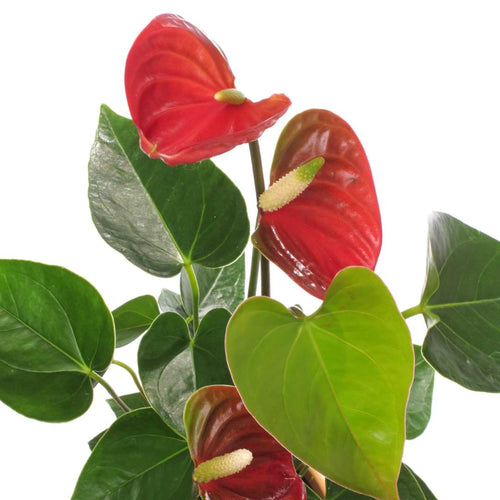Should I Give My Houseplant Silica? Benefits, Application & Best Practices
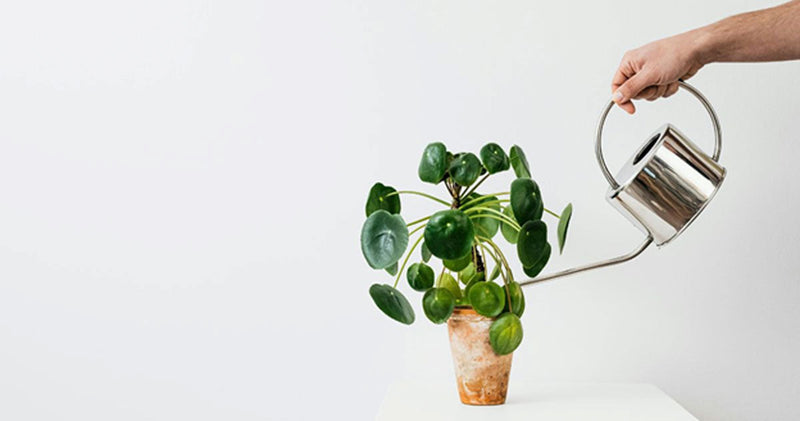
As a houseplant enthusiast, I’m always looking for ways to give my plants that extra boost to thrive. Over the years, I’ve heard a lot about different supplements that can help plants grow strong and healthy, but one that stands out to me is silica. Should you give your houseplant silica? In this post, I’ll dive into the benefits of silica, how to apply it, and what you need to know to get the most out of it for your houseplants.
The Benefits of Silica for Houseplants
At first, I was curious about silica because it seems like a fairly obscure nutrient. But once I learned more about it, I quickly realized just how much it can benefit plants. Silica is not actually considered an essential nutrient for plants, but it plays a crucial role in supporting overall plant health. Let me break down the key benefits that I’ve come to appreciate when using silica in my plant care routine.
How Does Silica Strengthen Cell Walls?
One of the most important benefits of silica for houseplants is its role in strengthening the cell walls. Silica, particularly in the form of silicon dioxide, is a key component that contributes to the structural integrity of plant cells. It helps in the formation of rigid cell walls by being deposited into the plant’s epidermal tissues. This increased rigidity helps the plant stand upright and resist mechanical stresses like wind, physical damage, or even gravity.
I’ve noticed that plants with more robust cell walls, thanks to silica, tend to be more resilient. They’re less likely to experience wilting or bending, and they seem to grow straighter and stronger, which is a real plus when growing plants indoors. I’ve found that plants like my fiddle leaf fig, which can sometimes get leggy, really benefit from the extra strength silica provides.

How Does Silica Help Plants Cope with Resistance to Pests, Diseases, and Drought?
Silica plays a protective role in helping plants defend themselves against pests and diseases. When silica is deposited in the plant’s tissues, it creates a physical barrier that can make it more difficult for insects to damage the plant. This makes it especially useful for preventing things like spider mites, aphids, or even fungal diseases. It’s like giving your plants an invisible shield!
Additionally, silica helps plants cope with environmental stressors, including drought. By improving the integrity of cell walls, silica helps plants retain water more efficiently, reducing the effects of dehydration. I’ve found that when I use silica during periods of low humidity or when I’m transitioning my plants from indoor to outdoor environments, they seem to recover more quickly and remain healthier.
How Does Silica Aid in Nutrient Uptake?
While silica isn’t directly involved in nutrient uptake, it indirectly supports nutrient absorption. By strengthening plant structures and improving the overall health of the plant, silica allows plants to function at their best, making them more efficient in taking up nutrients from the soil. It enhances root growth, which means plants are better equipped to absorb water and nutrients from the soil. This has been especially beneficial for my plants with larger root systems, such as my snake plants, where a robust root structure has led to more vigorous growth.

Any Specific Types of Plants/Circumstances That Most Require Silica?
While silica is beneficial for most houseplants, some types of plants benefit from it more than others. For example, I’ve found that ornamental grasses, bamboo, and other plants that have tall, thin, or fragile stems really benefit from the added strength silica offers. These types of plants are more prone to physical stress, so silica helps them maintain their structure.
Additionally, variegated houseplants—such as Thai Constellations, Albo Monsteras, and variegated fiddle leaf figs—also experience significant benefits from silica. These plants often have weaker, more delicate areas due to their unique color patterns, which can sometimes lead to more brittle growth. The extra support from silica can help them maintain their strength and structural integrity, ensuring that the variegation remains vibrant and healthy. Silica enhances cell wall strength and helps these plants resist damage, making them less prone to issues like breakage or leaf drop.

Caption: 8 Weeks of Progress: This variegated rubber plant developed firmer leaves and improved posture after consistent use of silica—just look at the stronger coloration and fuller growth!
Additionally, plants in high-stress environments—whether that’s due to drought, pest infestations, or even a lack of sunlight—may also benefit from silica. In my experience, succulents and cacti seem to do better when silica is added, especially when they are under less-than-ideal conditions. They are more resilient to stress and have a better chance of surviving periods of neglect.
What Should I Look For?
Now that we know silica is beneficial for plants, you might be wondering what exactly you should look for when choosing silica for your houseplants. Here are some things I’ve learned that can help guide you in selecting the best silica supplement for your plants.

Where Does Silica Come From?
Silica for houseplants usually comes from natural sources like sand or quartz, though it can also be derived synthetically. The primary ingredient in silica is silicon dioxide (SiO2), which is abundant in the Earth’s crust. You’ll find a variety of silica products on the market, but they generally come from two different sources: natural and synthetic.
Is It a Natural or a Synthetic Product?
Silica supplements for plants can be either naturally derived or synthetically formulated. Natural sources often come from materials like sand, diatomaceous earth, or rice hulls, but these forms aren’t always immediately available to plants and may require microbial activity in the soil to break them down.
In contrast, many high-quality houseplant supplements use a lab-formulated, water-soluble form of silica that’s ready for root uptake. These products are designed for consistent absorption and easy application—important when caring for indoor plants in potting soil that may not contain much (if any) bioavailable silica.
Whether you choose a natural or synthetic product, look for one that clearly states how the silica is delivered (e.g., liquid vs. powder) and how often it should be used. For houseplants, a gentle, pre-diluted liquid formula is often the most convenient and effective.

What Types of Silica Are Best?
There are a few different types of silica available, but in my experience, water-soluble silica products tend to be the most effective for houseplants. These are easier for plants to absorb and are typically more bioavailable. Silica that’s derived from potassium silicate or sodium silicate tends to be a good option.
For houseplants, it’s best to look for a product that is specifically designed for plant use, as some forms of silica, like industrial-grade silica, may not be suitable for plant health. Look for reputable brands that offer plant-specific silica supplements, often labeled as “silicon supplements” or “silica fertilizers.”
What Is the Difference in Different Types of Silica?
Silica for plants comes in various forms, and each one has its unique benefits. The two main forms of silica you’ll see are potassium silicate and sodium silicate. Potassium silicate is more commonly used for plants because it’s easier for them to absorb and doesn’t require as much effort to break down in the soil. Sodium silicate, while effective, can be harsher on plants and may alter soil pH over time, so I’d be careful when using it. For most houseplants, potassium silicate is a safe and reliable choice, as it works well without causing side effects like nutrient imbalances or changes in soil acidity.
Is There an Ideal Concentration?
The ideal silica concentration for houseplants tends to be on the lower end, especially for potted indoor plants with more delicate roots. Too much silica can accumulate in the soil over time, leading to imbalances or root stress. That’s why it’s best to look for a product that’s already diluted to a gentle, houseplant-safe concentration—something that can be used consistently without overwhelming your plant.
A concentration around 4–5% silica in a liquid form is generally well-tolerated by tropical and variegated plants and allows for regular application without needing to calculate ppm or risk buildup. As always, follow the usage instructions on the label and avoid concentrated agricultural formulas unless you’re very experienced.
Should Silica Be Paired with Any Other Nutrients?
Silica works best when paired with other essential nutrients like nitrogen, phosphorus, and potassium. These macronutrients support overall plant health, and silica enhances their effects. I’ve had good success adding silica to my regular fertilizing routine, alongside a balanced fertilizer, especially when I’m growing plants that need a little extra help with structural strength or resilience.
For an even more effective approach, consider using our Indoor Plant Food alongside silica. Our plant food is specially formulated to provide the right balance of essential nutrients, ensuring your plants thrive while benefiting from the enhanced structural strength that silica promotes. It’s the perfect companion for plants that need a little extra support, giving them the nutrients they need for strong, healthy growth.

How Do I Give Silica to My Houseplants
Now that we’ve covered why silica is beneficial and what to look for, let’s dive into how to apply it to your houseplants. You may be wondering about the frequency, dilution, and application methods. I’ve learned a few tricks along the way that will make giving silica to your plants simple and effective.
Frequency
For most houseplants, silica works best when applied consistently in small doses rather than in large, infrequent applications. Using a gentle, low-concentration formula with every watering helps reinforce your plant’s internal structure over time. During periods of stress—like heatwaves, pest recovery, or after repotting—this consistent approach becomes even more valuable.
Avoid “boosting” silica with higher doses. Instead, opt for steady, ongoing support, which is easier on your plant and leads to more visible results over the long term.
Dilution and Application
Silica should always be diluted according to the product’s label instructions. For Silica Strength, mix ½ teaspoon per gallon of water and apply with every watering as part of your regular care routine. This consistent, low-dose approach helps reinforce your plant's internal structure over time without risk of buildup or stress.
Make sure to thoroughly mix the solution in a clean watering container to ensure even distribution. Avoid “boosting” the dose—more is not better when it comes to silica. A steady, gentle supply is the safest and most effective method for long-term plant health.
Using Silica With Other Fertilizers
Silica pairs well with a regular fertilizing routine, but it’s important to keep the applications separate. For best results, do not mix silica with fertilizer in the same watering—this can reduce the absorption of both.
Instead, alternate applications by watering with silica one day, then using fertilizer 24 hours later. This staggered method prevents nutrient competition in the root zone and allows your plant to fully benefit from each supplement.
Soil Drench vs. Foliar Spray
Both methods of silica application have their benefits, depending on your plant’s needs:
- Soil drench: Ideal for most houseplants, especially those with larger or more established root systems. It promotes long-term structural strength by allowing silica to be absorbed through the roots.
- Foliar spray: Useful for quick support, especially in stressed plants or those with thin, delicate leaves. Silica can be absorbed through the stomata, helping reinforce tissue during environmental stress.
For most indoor plant care routines, a soil drench with a houseplant-formulated silica solution is the easiest and most effective method.
So, should you give your houseplant silica? The answer is a resounding yes, especially if you’re looking to improve your plant’s structural strength, resilience, and overall health. Silica offers a range of benefits, from strengthening cell walls to helping plants better cope with environmental stressors. As long as you follow the right guidelines for application, choosing the correct type of silica, and pairing it with other nutrients, your plants will likely thank you for the extra care.
Learn more about Silica Strength in this free Silica Strength Guide.
Beginner Friendly, Growth, Houseplants, Indoor Plants, Leaf Strength, Plant Food, Plant Health, Root Health, Root Supplement, Silica Benefits, Silica Strength, Silica Supplement, Wellness





